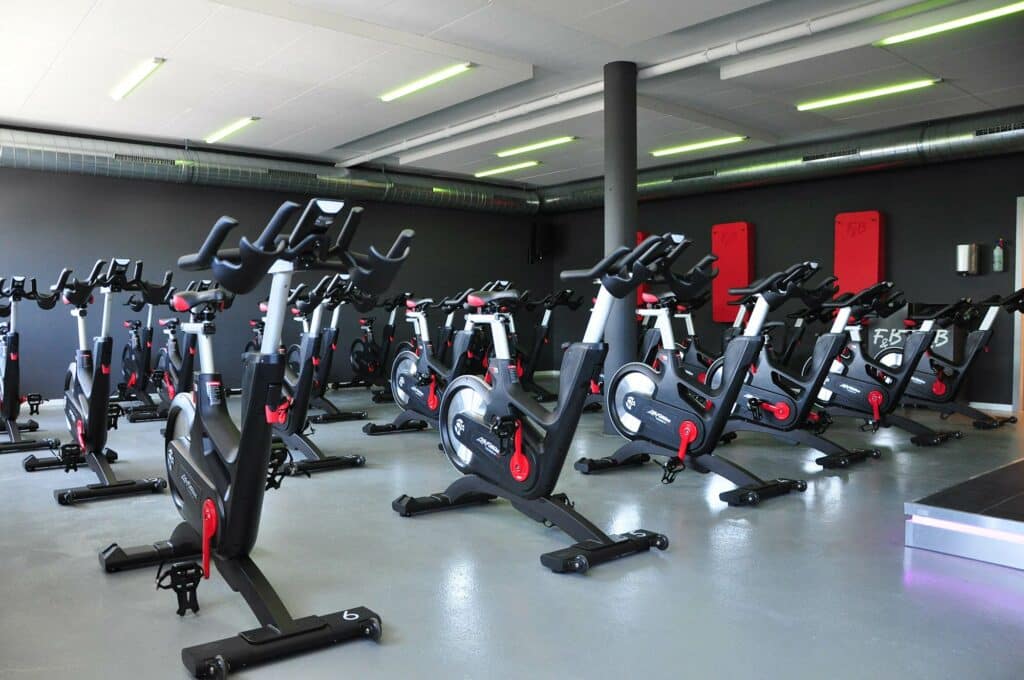Which Is The Better Gold Mining Stock?
While the general market (SPY) has suffered two violent legs down in its cyclical bear market, the Gold Miners Index (GDX) has suffered three legs down and has seen a much more violent bear market.
This has made the sector fertile ground for new investment ideas relative to other sectors. Still, with mining being a complex business and the gold price being quite volatile, the key to outperformance when dabbling in the sector is to own the highest-quality names.
In this update, we’ll look at two of the largest gold miners globally and determine which is the most attractive name from an investment standpoint – Agnico Eagle Mines (AEM) or Newmont Corporation (NEM).
Scale & Business Model
Newmont and Agnico Eagle Mines (“Agnico Eagle”) share very similar business models, given that they are two of the world’s largest gold producers that receive over 90% of their revenue from gold with limited contributions from other metals.
In Newmont’s case, it is the world’s largest gold producer, with 15 operating mines in Africa, North America, South America, and Australia, and annual production of 6.0 million ounces of gold (+ 1.3 million additional gold-equivalent ounces).
Meanwhile, Agnico Eagle has 13 mines across Canada, Finland, Australia, and Mexico and expects to produce 3.4 million ounces of gold this year.
Based on Newmont having slightly more mines (15 vs. 13), double the production profile, and having a massive development pipeline with over ten projects, it certainly wins from a scale standpoint. This slightly edges out Agnico Eagle’s smaller production profile and less robust development pipeline, though Agnico Eagle still has one of the best development pipelines among its peers.
It is also worth noting that while Agnico Eagle has a smaller production profile and slightly less diversification, its jurisdictional profile is superior, with 95% of future production coming from top-rated mining jurisdictions.
That said, Newmont wins by a hair in this category for investors looking for a global producer with diversity.
Newmont – 1 / Agnico Eagle – 0
Growth & Positioning In An Inflationary Environment Environment
Moving to growth, Newmont struggles in this category largely due to its scale. The reason is that it’s much harder for Newmont to grow from its current size due to being the largest gold producer globally by a wide margin.
Meanwhile, Agnico is expected to increase annual production to ~4.0 million ounces by 2025 based on its organic growth profile and its recent takeover offer of Yamana Gold. This growth is expected to come from the consolidation of Canadian Malartic (+300,000 ounces per year), higher mine production from Macassa with a new shaft (+100,000 ounces per year), a higher milling rate at its Detour Lake Mine (+150,000 ounces), as well as smaller projects across its portfolio.
So, while Newmont will struggle to grow production on a 5-year and 10-year basis, Agnico is likely to grow production by 15% and 30%, respectively.
Just as important, Agnico Eagle has lower-cost mines than Newmont, enjoying average all-in-sustaining costs of $1,000/oz vs. Newmont at $1,200/oz. This means each ounce that Agnico pulls out of the ground carries a higher margin.
Additionally, its future growth projects are mostly leveraged off existing assets. The result is that it has seen less impact from inflationary pressures on new projects, given that these are producing sites that will see minor expansions vs. new mines that need to be built or major projects.
Finally, Agnico’s recently completed merger with Kirkland Lake Gold earlier this year led to significant corporate/operational synergies. Because of this deal, Agnico has seen less cost creep than its peers, with these synergies clawing back some lost margins from rising fuel, cyanide, labor, and steel costs.
To summarize, Agnico Eagle is clearly superior from a growth standpoint; the company’s future growth is lower cost given that these are mostly minor expansions vs. new major builds like Ahafo North, and it’s better positioned to deal with inflationary pressures due to its higher employee to contractor ratio. The latter means that Agnico relies less on contractors where labor rates are higher, leading to less volatility in its costs.
So, Agnico wins by a wide margin in this category, and this is a big deal because it means that even with flat gold prices, the company’s annual EPS will grow sharply due to rising production/sales volumes.
Newmont – 1 / Agnico Eagle – 1
Valuation
Lastly, from a valuation standpoint, Newmont is trading at approximately ~9.7x FY2023 cash flow per share estimates at a share price of $44.00, and Agnico Eagle is trading at ~8.3x FY2023 cash flow per share estimates.
From a P/NAV standpoint, AEM trades at a discount to Newmont in this category as well, sitting at closer to 0.95x P/NAV vs. Newmont at 1.05x P/NAV.
I believe Agnico Eagle could easily justify a premium to Newmont given its lower-risk jurisdictional profile, more attractive growth profile, and higher margins per ounce. Hence, I see Agnico having a clear valuation disconnect vs. Newmont, and Agnico could increase nearly 20% in value just to close this gap.
This point does not suggest that Newmont isn’t also attractively valued at $44.00 per share, but it is merely to point out that Agnico has a much larger margin of safety. In a sector where things can go wrong, even in the best mining jurisdictions, the larger margin of safety is always more attractive.
So, Agnico wins in this category and is clearly the superior company for investors looking for exposure to a large-cap gold producer.
Newmont – 1 / Agnico Eagle – 2
Final Verdict
Both Newmont and Agnico are solid companies, but Agnico Eagle has a phenomenal track record of dividend growth (20% growth rate since 2004) that rivals many Dividend Aristocrats, and its growth profile is a clear differentiator vs. its peer group.
So, with Agnico trading a discount to its historical multiple (12.5x cash flow) with a 3.80% dividend yield and at a rare discount to its peer group, I see the stock as a Buy on any weakness.
Disclosure: I am long AEM
Taylor DartINO.com Contributor
Disclaimer: This article is the opinion of the contributor themselves. Taylor Dart is not a Registered Investment Advisor or Financial Planner. This writing is for informational purposes only. It does not constitute an offer to sell, a solicitation to buy, or a recommendation regarding any securities transaction. The information contained in this writing should not be construed as financial or investment advice on any subject matter. Taylor Dart expressly disclaims all liability in respect to actions taken based on any or all of the information in this writing.
Which Is The Better Gold Mining Stock? Read More »










